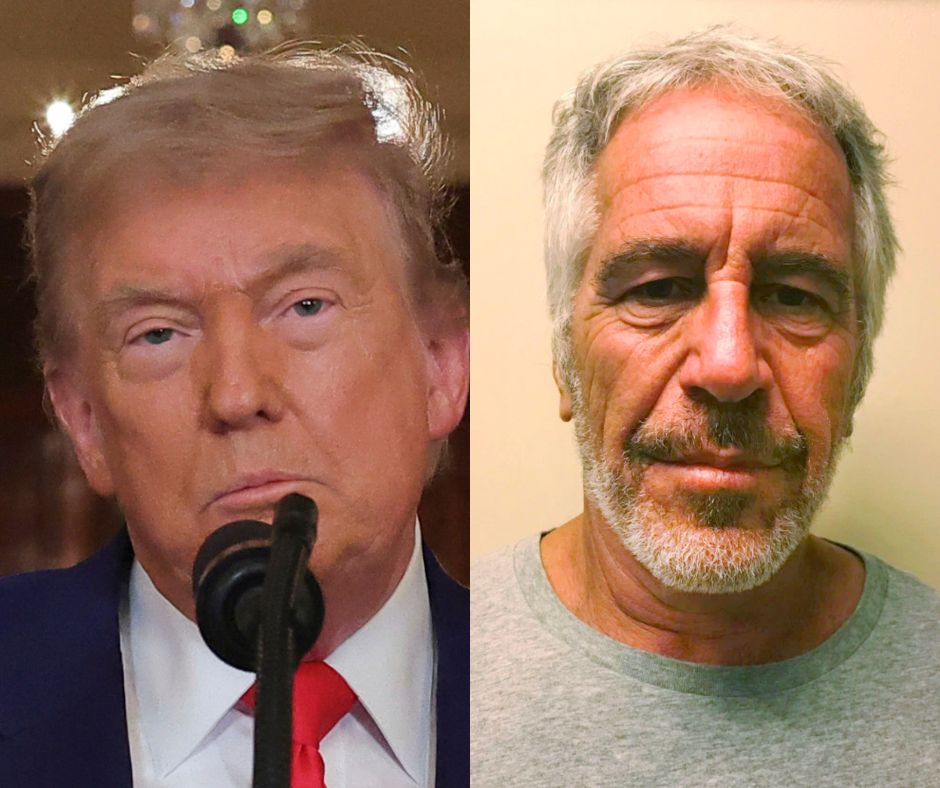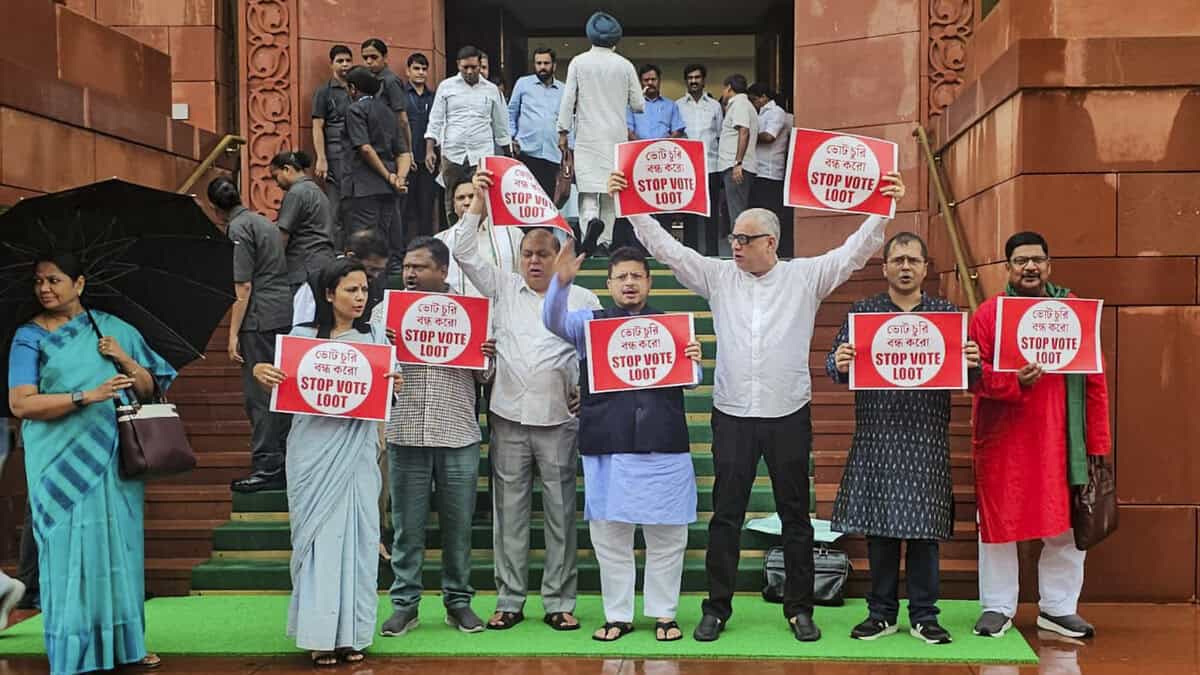New Delhi: The US on Friday slapped a 25 per cent tariff on India, potentially impacting about half of the USD 86 billion Indian exports to America, while the other half, including pharmaceuticals, electronics, and petroleum products, continued to be exempted from the levy.
New Delhi continues to be engaged in talks with the US to work out a trade deal, but will make no compromise on agricultural, daily and genetically modified (GM) products, sources said on Friday.
For the sixth round of talks, the US team is coming to India on August 25.

The sectors, which would bear the brunt of 25 per cent duty include textiles/ clothing (10.3 billion), gems and jewellery (12 billion), shrimp (USD 2.24 billion), leather and footwear (USD 1.18 billion), animal products (USD 2 billion), chemicals (2.34 billion), and electrical and mechanical machinery (about USD 9 billion).
According to sources, about half of the goods exported from India to the US are in the exemption category (such as pharma and electronic goods). So, the impact will be only on the remaining half.
“More than half of India’s exports to the US will not be impacted by the duty. Due to the Section 232 exemption of the US, only exports worth about USD 48 billion would be impacted with these tariffs,” they said, adding that the remaining exports will have a little impact on a country with a GDP of about USD 4 trillion and a consumer base of 140 crore.
In 2024-25, the bilateral trade between India and the US stood at USD 131.8 billion (USD 86.5 billion exports and USD 45.3 billion imports).
According to think tank GTRI, the 25 per cent tariffs will not be applicable on the exempted categories, including pharmaceutical; energy products such as crude oil, refined fuels, natural gas, coal, and electricity; critical minerals; and a wide range of electronics and semiconductors, like computers, tablets, smartphones, solid-state drives, flat panel displays, and integrated circuits.
US President Donald Trump unveiled sweeping new tariffs on dozens of countries, including 25 per cent duties for goods from India, marking a new era of American protectionism that triggered fresh tensions and concerns over a much wider disruption in the global trade landscape.


There is no mention of a penalty on India for buying crude oil and military equipment from Russia.
“We are keeping our fingers crossed on the issue, as there is no mention of penalty in the order,” sources added.
The US president signed an executive order that raised tariffs for over five dozen countries, with Washington’s negotiations for trade deals going down to the wire ahead of the August 1 deadline.
In the Executive Order titled ‘Further Modifying The Reciprocal Tariff Rates’, Trump announced tariff rates for nearly 70 nations. These tariffs will come into effect from August 7.
The announcement of duty and penalty is being seen as a pressure tactic to get New Delhi to agree to demands made by the US, which has, in recent days, got favourable trade deals with major partners like Japan, the UK and the European Union.
India’s exports of petroleum products like diesel and jet fuel to the US continue to be exempted from the levy of any import duty or tariff, and Trump has, for now, not indicated the penalty he plans to impose to deter New Delhi’s energy trade with Russia.
According to official data, India exported 4.86 million tonnes of petroleum products to the US in 2024-25 (April 2024 to March 2025) for over USD 4 billion.
Reliance Industries Ltd is the biggest exporter of fuel to the US.
With fuel exports continuing to be on the exemption list, it means business as usual for India and companies like Reliance, analysts said.
Meanwhile, export sectors that will be impacted by the tariff have urged immediate intervention by the government on the matter.
Sudhir Sekhri, Chairman, AEPC (Apparel Export Promotion Council), said: “We request immediate government intervention to offset this huge setback. Exporters have their back against the wall and will have to sell below cost to keep their factories running and avoid mass layoffs”.
Indian shrimp exporters face an unprecedented new challenge in the US market, which contributes close to 48 per cent of their exports, Crisil Ratings Senior Director Rahul Guha said.
Exporters are hoping that early finalisation of the India-US bilateral trade agreement will help in dealing with the tariff challenges.
The negotiations between India and the US are still going on for an interim trade deal, though there will be no compromise on the red lines with regard to duty concessions on agriculture items, dairy, and genetically modified (GM) products, sources said.
The two countries are negotiating a bilateral trade agreement (BTA). They are aiming to conclude the first phase of the pact by fall (October-November) this year.
The two nations are also looking at an interim trade deal before the first tranche.
The government will protect the interests of farmers in trade negotiations with the US, Agriculture Minister Shivraj Singh Chouhan has said.
The agriculture sector is politically sensitive for India, as about 700 million rural livelihoods are dependent on it. Lowering duties would also pose a risk to national food security.
On Thursday, Commerce and Industry Minister Piyush Goyal — in a suo motu statement in both the houses of Parliament — had said India will take all necessary steps to safeguard and promote national interest.

















































